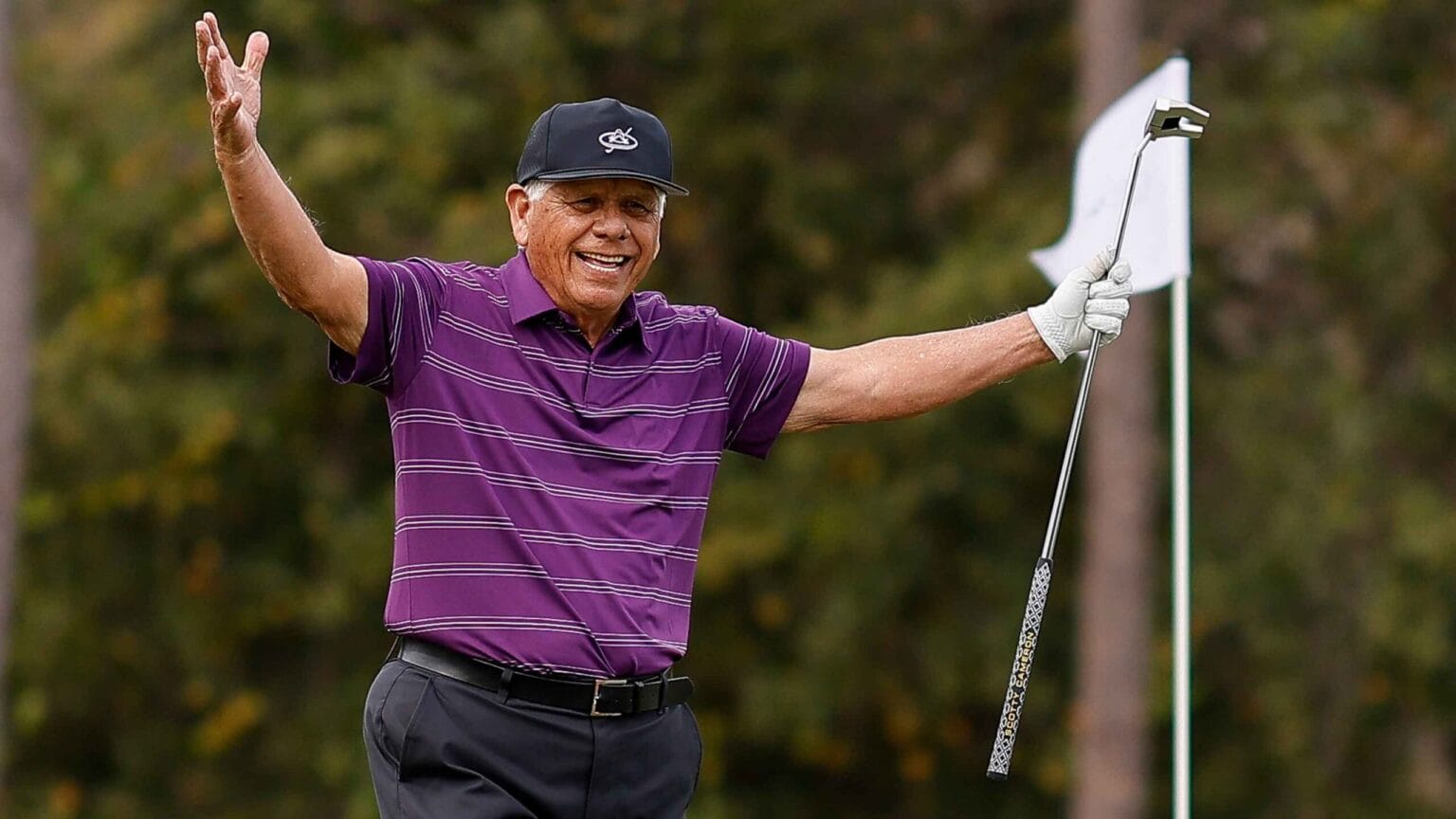Lee Trevino, the first ballot Hall of Famer, recently attended the Simmons Bank Championship in Pleasant Valley Country Club in Little Rock, Ark where he discussed a range of topics. At the age of 85, Trevino’s responses to the press were typical of his freewheeling and entertaining style, covering memories of Jack Nicklaus and Arnold Palmer and even why he doesn’t watch NFL games, joking that there aren’t a lot of Mexicans playing football. He also delved into the topic of golf-course design, revealing that unlike his peers like Nicklaus and Palmer, he never ventured into the golf-architecture business and hasn’t played as many courses as other players of his generation due to starting professional golf at a later age.
Trevino admitted to missing out on playing many great courses due to his late start in professional golf, citing Tenison Park in Dallas as the only course he knew before turning professional. When asked about his opinion on great U.S. Open venues, he praised well-known courses like Oakmont, Pebble Beach, and Merion, where he secured one of his two U.S. Open wins. However, his thoughts on modern course design raised eyebrows as he expressed disapproval of the emphasis on hidden hazards and blind shots that are designed to challenge professional players, rather than catering to the majority of golfers with higher handicaps. He believes that the backbone of the game lies in the average recreational golfers rather than professionals.
While Trevino’s views on modern course design may seem outdated, recent trends in golf course architecture have shifted towards a more approachable and fun experience for the average golfer. Designers like Bill Coore, Tom Doak, Gil Hanse, and David McLay Kidd have championed a modern-minimalist movement that prioritizes the ground game and offers players various options beyond the standard power play seen on Tour. These designers have focused on creating courses that are more player-friendly and encourage a diverse range of strategies, moving away from the high-flying aerial assault mentality.
Trevino’s concerns about modern course design may stem from his limited exposure to recent developments in golf architecture, as he points out the prevalence of carry distances and lack of opportunities to roll the ball onto the green in today’s designs. However, contemporary courses actually promote the ground game and provide open green fronts to enhance playability for a wider range of golfers. Despite his differing views on course design, Trevino’s storytelling abilities and colorful commentary add a unique perspective to the conversation around the evolution of golf courses. As an 85-year-old legend, his experiences and insights continue to captivate audiences and provoke thought-provoking discussions in the world of golf.
